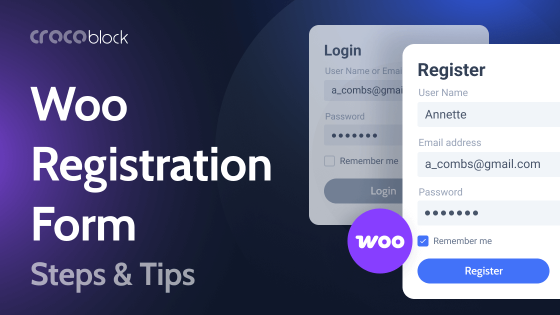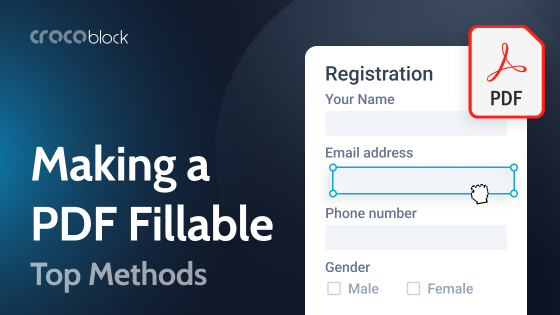OnPage SEO or OnSite SEO is used to optimize the websites, and all the contents and pages present in it for different search engines and the users accessing the websites. OnPage means all the elements that are part of the website and can modify based on our needs.
On the other hand, OffPage elements are beyond our reach, and we can’t modify them. Optimization is carried out at various levels and different entities of the website during the development phase. It is a very effective way to have WordPress SEO, as it increases the rank and fetches more user traffic to the website.
Some of the examples where OnPage SEO modifications are done can be title tags, Metadata, descriptions, etc. A score above 10 is considered a good score for the website. Every page of the website should be well optimized for WordPress SEO.
OnPage SEO Checklist
- Use Keywords
- Write titles and subheadings
- Use external links
- URL Optimization
- Add title and description tags
- Optimize content
- Optimizing media files
- No broken links
✔Use Keywords
Google and other search engines refer to keywords to rank the level of optimization the website has. Based on the keywords present in a site, their rank can widely get affected.
More the keywords, the better the rank on search engines. Generally, search engines keep the link at the top of the search result for which the keyword matches to the most extent.
It is wise to use keywords in the 1st 100 words appropriately.
This will present the content in a more focused way and determine what the website is about. Also, the WordPress SEO will be more effective when developing the pages over WordPress.
✔Write titles and subheadings
A title should always be unique and stand out in the OnPage content. Thus, the page’s title should always be written with the H1 tag as it displays the words with the largest font size available for the website development.
It’s also recommended because Google and all other search engines refer to the H1 tag as best for the title as it helps them understand the structure of the page.
WordPress SEO is capable of automatically assigning this tag to the title of the page. Next comes the subtitles, preferably written with an H2 tag and contain the keyword if possible. This way, the search results can effectively match and display the website in the search results.
✔Use external links
When there are external links present in a website, it helps relate the topic between them.
These links will make the website capable of showing in the search result when the users look for keywords based on the linked website. Also, websites with external links bonded with them usually appear above the sites with no external links.
✔URL Optimization
Apart from optimizing various contents of the website, generally, developers miss optimizing the URL of the website. But they forgot that even URL optimization is of great importance in terms of OnPage content.
URL optimization doesn’t require any special coding or is time taking. It should be named in such a manner that it can be remembered easily. Suppose for a website selling dairy products; it’s better to use a URL as ABCdairy.com rather than a complicated URL.
Also, each page that is linked to the site should have a proper naming convention.
Milk product pages can be marked with ABCdairy.com/milk-products rather than ABCdairy.com/M0012.
Nowadays, Google search results show the breadcrumb in the link of the web pages. Thus it’s essential to use meaningful words in the links rather than the sequence of alphabets and numbers. A WordPress SEO-friendly URL can be created if the URL is short and has keywords in it.
✔Add title and description tags
Each page of the website should be well optimized.
They should be enough to describe the main features and purpose of the website being developed and presented to the users.
Proper usage of titles and descriptions and tagging them well is essential to show the pages higher in search results and have good WordPress SEO performance.
The description should be always straightforward and not added in a roundabout manner. It should not contain long text that may bore the readers.
Apart from this, the meta description, i.e. data about data shown as description in search results, should be well composed to define the pages and products available on the site with a better approach. It’s good to add meta descriptions to all the pages.
Also, the keyword should be closer to the title tag so that the search engines easily detect them. Also, it’s a good practice to use eye-catching words like “best”, “fast”, “discount”, “safe”, “offers”, “free” that will undoubtedly impact the mind of the readers and build trust in the website.
✔Optimize content
Once all the optimization is done during the development phase for OnPage SEO, it’s time to publish the content.
It is essential to have content that is capable of attracting more customers over time. Also, it has to be unique and not copy-pasted from any sources. Unique content can be made by bringing up a new strategy or idea.
A recent case study or research idea can also be helpful for this. Adding examples also helps to present new and fresh content for the visitors. Apart from these, live recommendations or references by people are very helpful for achieving this.
✔Optimizing media files
Now a fresh content is present on the site. To support these, it’s good to add images, graphs, and videos to the site. But they shouldn’t be added blindly. They need to be well optimized.
WordPress SEO provides many plugins that can be used to optimize the graphical content without reducing its quality. This way, the idea becomes solid with examples and facts with the correct use of references.
✔No broken links
All the pages should be appropriately linked. OnPage is highly dependent on the pages that are built. There should be no broken links and no dead ends. If a page or link is not accessible, it results in a 404 error code, and Google degrades the website’s rank to a great extent if it’s not fixed promptly.
All the pages and internal and external links have to be well optimized to avoid lag, even on moderate internet speed.
Using a good WordPress SEO plugin is very helpful as it can detect broken and dead links. They are also capable of providing suggestions for the links.
To Sum Up
Apart from these essential OnPage elements, it’s vital that the content present should be able to fulfill the needs of the visitors and users. It’s good practice to add a search option in the page that can be used to look for the exact page the user is looking for.
Also, each page should be accessible from the home page by 2-3 clicks and not more than that. Once all these important points are ideally applied to the website, the OnPage SEO will be perfect for publishing to the digital World.



